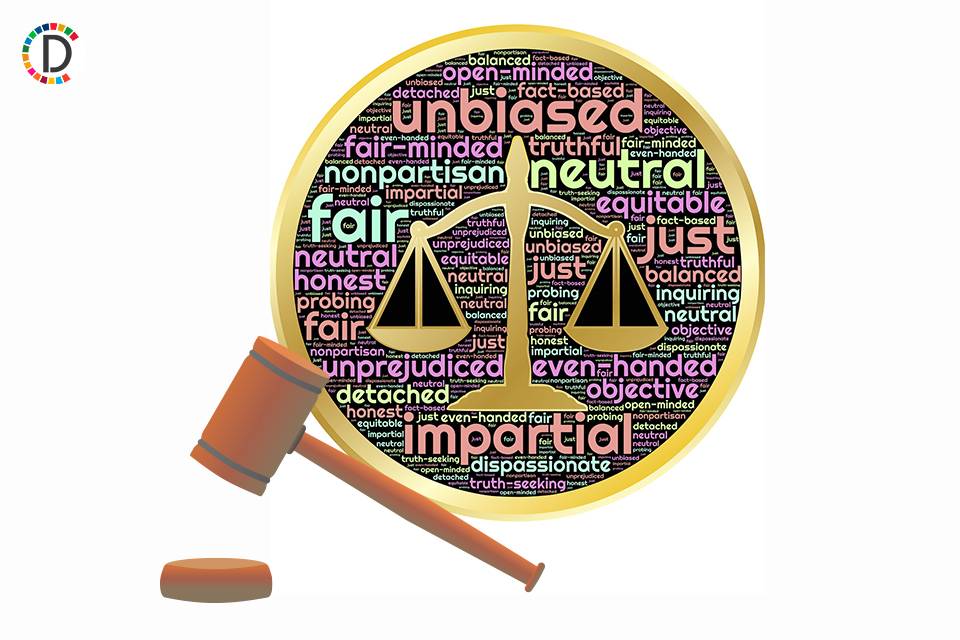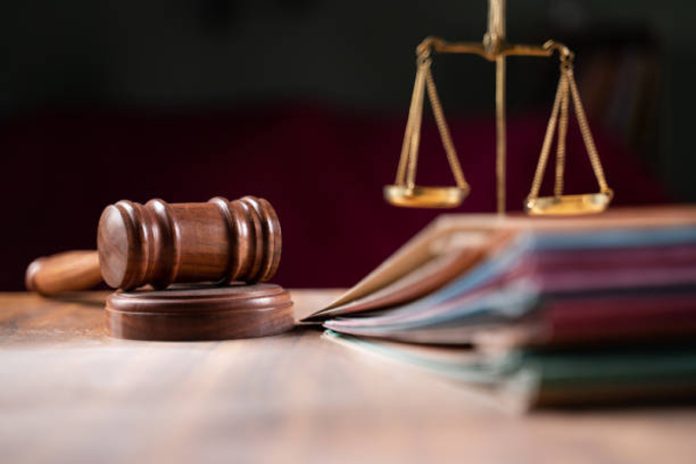
On this past Louis Riel Day, the Winnipeg Art Gallery chose to celebrate by posting a photo of a Diana Thorneycroft artwork to social media: a photograph of a diorama featuring a well-dressed, healthy and commanding-looking Louis Riel standing upon a platform gripping a wooden railing, looking ready to address an unseen crowd, of which we are a part. Read this article for free: Already have an account? To continue reading, please subscribe: * On this past Louis Riel Day, the Winnipeg Art Gallery chose to celebrate by posting a photo of a Diana Thorneycroft artwork to social media: a photograph of a diorama featuring a well-dressed, healthy and commanding-looking Louis Riel standing upon a platform gripping a wooden railing, looking ready to address an unseen crowd, of which we are a part. Read unlimited articles for free today: Already have an account? Opinion On this past Louis Riel Day, the Winnipeg Art Gallery chose to celebrate by posting a photo of a Diana Thorneycroft artwork to social media: a photograph of a diorama featuring a well-dressed, healthy and commanding-looking Louis Riel standing upon a platform gripping a wooden railing, looking ready to address an unseen crowd, of which we are a part.
His expression is determined; he has a message for us. But suspended behind him is the noose that will strangle that message, the platform he stands upon is a gallows and encroaching around him is a threatening community of turkey vultures — the only vulture native to Manitoba — their hungry red beaks waiting for the inevitable meal. It’s a striking piece, and not exactly celebratory.

The WAG, it seems, agreed, and pulled the photo the following day with an apology. But the image of a leader who is simultaneously a proud statesman and yet viewed as carrion about to be ripped to shreds by committee is one that’s stayed with me this week, bringing to mind another piece hosted by the WAG a couple of years ago. Kent Monkman is perhaps most recognizable by his enormous painting which depicts a horrific tableau of Indigenous child apprehension by the RCMP and Catholic clergy.
In it, babies are ripped from mother’s arms, fathers lie motionless on the grass and a nun pulls a nearly naked child away from her parents, while a Mountie holds them back and another stands sentry with his rifle at the ready. It’s a shocking and visceral scene, and brings viewers into abrupt confrontation with the violence of colonization. Part of the same exhibit, was an 18-foot dining table that seems to beckon us to dine.
But like Thorneycroft’s Riel, there is unease in the artwork. One end of the table is laid out with champagne, cheese, fruit and a lace table runner. The wood of the table is polished and the legs are delicately carved.
Gleaming silver candlesticks and tableware frame each fine-china place setting. But as we travel the length of the table, the meal grows more sparse. The lace becomes stained, then tattered, and the food more meagre.
At the far end, the table itself is roughly hewn, and the only fare is small white bones, like those of a mouse. This is the experience of Indigenous people in Canada: repeatedly called to the table but kept at arm’s length and given precious little sustenance. This metaphor, the unease of placing of Indigenous experiences in a not-quite-right landscape of foreboding and scarcity, is in tableau at the Royal Winnipeg Ballet as well.
The organization is aloft in grace, in satin and tulle, poised in beauty on the stage. And at the other end of the table, kept out of sight, is the Indigenous Advisory Committee (IAC), which resigned en masse last week citing ongoing frustration in communicating needs and ideas with the board. A member of the committee, lawyer Danielle Morrison, told the this week that the lack of communication between the board and the IAC amounts to tokenization: Indigenous representation to be seen and not heard.
Table manners, indeed. And it’s this lack of listening that perpetuates patterns of exclusion Morrison says are common among Indigenous peers on committees like the IAC. This sad pattern is still somehow a perennial surprise and source of confusion to non-Indigenous governing bodies.
Time and again, we read statements that placate and uphold the status quo. These assertions of misunderstandings need to be seen for what they are: admissions of ignorance. Inviting Indigenous perspectives must involve more than inviting Indigenous presence, resulting in the tokenism, silencing and waning energy of participation in initiatives like the IAC.
Alone and unheard despite speeches and accepted invitations to the table, despite treaties and entreaties, Indigenous people are repeatedly called upon only to be picked clean of the “useful” bits. Anything not useful to sustaining the status quo is left at the far end of the table, unnourished in spirit and fed only with false promises of attention and elevation. Inviting Indigenous people to the table, then watching as they push bones around a plate among circling vultures is hardly a recipe for reconciliation, but it is an ongoing pattern of so-called Indigenous “inclusion.
” If organizations are truly committed to reconciliation with Indigenous people, they’re going to need to pull up a chair and really start to listen, and they’ll have to start offering more than just table scraps. rebecca.chambers@freepress.
mb.ca Rebecca explores what it means to be a Winnipegger by layering experiences and reactions to current events upon our unique and sometimes contentious history and culture. Her column appears alternating Saturdays.
Our newsroom depends on a growing audience of readers to power our journalism. If you are not a paid reader, please consider . Our newsroom depends on its audience of readers to power our journalism.
Thank you for your support. Rebecca explores what it means to be a Winnipegger by layering experiences and reactions to current events upon our unique and sometimes contentious history and culture. Her column appears alternating Saturdays.
Our newsroom depends on a growing audience of readers to power our journalism. If you are not a paid reader, please consider . Our newsroom depends on its audience of readers to power our journalism.
Thank you for your support. Advertisement Advertisement.















